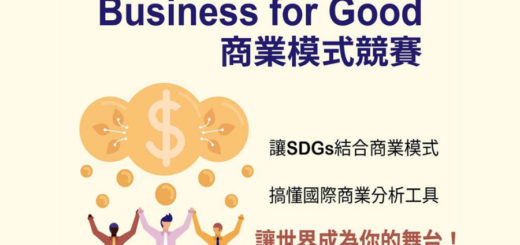2020 Announcing 4th Annual Healthier Design Innovation Contest
截止時間:5月18日
獎金:1000美元
設計決策的影響是深遠的、不可避免的、無可爭辯的。作為設計師,我們不斷問自己:我的作品如何影響整個世界?我使用什麼材料?我為誰設計?我的設計包括哪些內容?材料如何以新的、更健康的、創新的方式使用?歡迎參加這次競賽!
我們將挑選出在設計中體現健康材料創新的優勝者。參賽者可以提供模型、建築原型、藝術品或視覺媒體作品。我們也需要通過圖片、圖紙或短片等來記錄設計過程。我們還需要一張附註釋的生命週期圖,闡述該設計對碳的影響,以便瞭解您的設計如何應對當前的全球氣候緊急情況。
Submissions due May 18th, 2020
Many of the materials typically used in art and design today are unhealthy — meaning they pose harm to the planet, present risk to human health, and contribute to our global carbon footprint. There are materials that never biodegrade; can never be recycled; adversely impact frontline communities; and contain harmful chemicals like flame-retardants, antimicrobials, and VOCs.
Impacts of design decisions are far-reaching, inescapable, and indisputable. As designers, the questions we continually ask ourselves are: how does what I make impact the world at large? What materials am I using? Who am I designing for and are my designs inclusive?
How can materials be used in new, healthier, and innovative ways? That’s where you come in!
We will choose winners who exemplify healthy material innovation and advocacy in design. Entries can include models, prototypes, artwork or visual media. We also require documentation of the design process through pictures, drawings/short videos, etc. Another important requirement is an annotated life-cycle diagram summarizing the carbon impact of your design in order to understand how your design responds to the current global climate emergency.
Eligibility
For the first year, we are extending the contest to students outside of the United States. To be eligible to enter, you must be currently enrolled in an undergraduate or graduate degree-seeking design.
We sat down with Role Models grand prize winner to see what he’s been up to since winning our design competition. Garrett Benisch, a student of the Masters in Industrial Design Program at Pratt Institute, reinvented the generic pen for his project Sum Waste. He used the form language of the ordinary disposable pen, but with a twist. His pens are made of biosolids derived from sewage. The pen is an intriguing entry product for the material. Using biosolids was a way to both reuse a material which is continuously produced and discarded, and to move society toward entirely rethinking the concept of waste and its potential uses.



